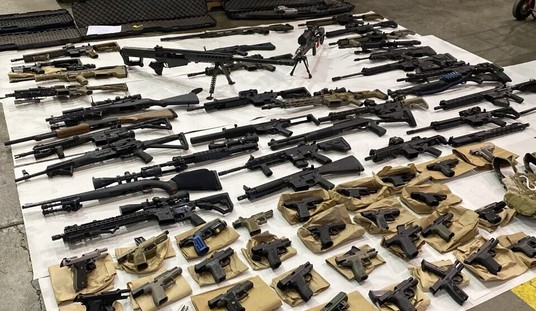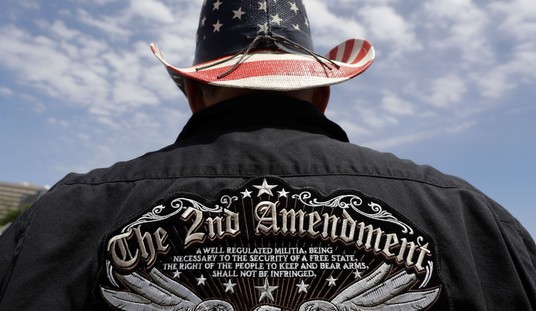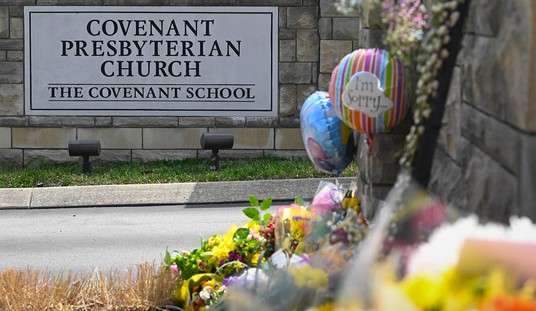Spring has past and summer has arrived. Here in Texas that means that our training in the field starts being cut short because of the heat. Now is the perfect time to work on yard training and table work. (Table work? I’ll explain, keep reading.)
Whether your new friend is a puppy or an older dog, it is never too late to train. An older dog may take more of your time and patience because of his previous training or non-training whereas a puppy is starting a new slate. Don’t think that some “bad” behavior with an older dog can’t be corrected. It just may take more time. The table is a great place to start.
If you are working an older dog or a puppy, table work is very important. It is something you can do anytime of the season, during any kind of weather condition, or any time of day. I have a table that measures 14’ long by 2’ wide and 32” high. To this table I have attached a cable that is drawn tightly at 30” above the table to posts at each end. Why use a table and not just work off the ground? First, it puts you and your dog on the same level. Doing this helps save your back and keeps your dog from feeling intimidated. Remember that there is a difference between being an Alpha and being intimidating. The table gives your dog a limited area on which to move and starts the process of control in training. Goals that can be accomplished on the table include learning the command of “Here,” styling your dog’s appearance, and training to retrieve. The table is a great place to rub your dog down and get your hands all over him.
Attach a chain with a swivel snap to the cable and it will easily glide back and forth on the cable. Next, place a swivel snap to the other end of the chain. Lastly, clip this onto your dog’s collar. The chain should be a length that would allow the dog to stand normally with little excess chain. Caution: You should never walk away or divert your attention away from the table when your dog is leashed and on the table. If he jumps off the table while you are not there (and he will almost certainly try to do this), he could possibly hang himself.
Let your dog investigate the perimeter of the table. Pat your hands on the table, and your dog will come to the patting area. Go from end to end, and back and forth. It’s a great game. Get your hands all over your dog. Massage his feet, ears, shoulders and tail. Your veterinarian will appreciate this when trimming nails and checking ears. This routine is where you start “styling” your dog. Styling a dog means you are putting him in the position that is most attractive for the bread. For example the Brittany, the goal is to get that tail up high. For other breeds it may be a level tail. Run one hand from the shoulders toward the tail, and with the other hand, come up underneath the butt and up the backside of the tail. He will become comfortable over time in this position and naturally go to this stance.
One of the first things I do with a puppy is to put him on the table and get my hands all over him. I place one hand underneath the chest and the other underneath the flank. Then I lift the puppy off the table about 6 inches and hold him there for a goal of five seconds. I do not talk during this exercise. It is important to remain unemotional during this time. The dog will wiggle and struggle to be put back on the table. Hold him with easy hands and wait until he stops moving about, and then place him back down on the table. This may take many tries. Patience is indeed a virtue when training your dog. Provide him plenty of opportunities to succeed. He may be still for only one or two seconds at first. Set him down after that one or two seconds and praise him generously. Then “go for it” again! Work for longer and longer periods of time when the dog is not wiggling. Praise him, rub him down, and “go for it” again. This work will develop control and establish you as Alpha. It will teach your dog that your way is the only way, and that you are in control, not him. After each effort, loosen him up by running him up and down the table.
Table work is good whether your dog will be a family pet or if you are training him to be a hunter.
If you want that puppy to be your companion in the field, I can’t stress enough the need to quickly get that puppy into the field where he can chase birds. Birds, birds, birds and more birds. The more often that new puppy sees birds, or whatever game you intend to hunt, the better foundation he will have as a hunter. I suggest starting off with pigeons because they are big and stinky. Show the bird to the puppy and let him sniff it. After you spark your dog’s interest, then throw the bird a good distance away from the puppy. That puppy will run and chase. This activity builds intensity and focus. You will also be learning how your dog reacts when he gets excited. You will be learning to read your dog. However, you should never let the puppy catch the bird. If he learns he can catch the bird, it will be much harder to train the “Whoa!” (stop command). Watching the dog’s tail is a good idea since the tail will be a barometer of the way the dog is feeling. Let that puppy run and chase birds and feel the excitement. He will learn that the birds are what the game is about.
Expect your dog to test the boundaries of his training. If I am working one of my older, more seasoned dogs or a new puppy, I always have a way to correct him with a either a short lead, or a long lead. It is those times when we think a behavior has been solidly learned that we are proven wrong. If a dog breaks on a behavior, and we have no way to correct him, I learned long ago that we will have just taken two steps backwards in our training. If you do not correct that behavior at once your dog learns that he can get away with bad behavior and will soon test you on all areas of your training. Sounds like kids, doesn’t it?
Don’t “chit chat” your commands. Say the command once with authority, but not in anger! You are the Alpha and your dog should respond. I hate to acknowledge this fact, but women trainers and men trainers can be very different. Women tend to be more compassionate and “mothering” in the training process while men tend to be less tolerant. New trainers almost invariably talk too much to their dog. (That has been the hardest thing for me to learn. Thanks Ronnie Smith for getting me straight on that.) Your dog will respond better if he knows that when you speak, it is for a “handling” purpose. The dog needs to have his mind on the behavior, and shouldn’t be trying to figure out what all the words mean. Don’t confuse your dog with lots of “verbiage.” To do so will be like Charlie Brown’s teacher when she says, “Blah, Blah, Blah!” You will gain no respect from your dog.
Keep the training sessions short (five to ten minutes at a time). You can do this training throughout the day. Always end on a good note. Set your puppy up for the best opportunity to succeed. Quit when you’re ahead.
If you have any questions on building a training table, please give me a shout.
I would like to dedicate this article to my faithful and loyal Wilson. Wilson walked the rainbow bridge February 26th in my arms. He blessed me with 13 ½ years of days in the field, new wonderful friends, and knowledge in training I gladly pass on.
Whether in the field, backyard or kitchen, never miss an opportunity to train.
Editor’s Note:
Molly Ward does something that is nearly gone in America. She makes some of the finest field and outdoor clothing on the planet. Please visit her site and support an American tradition. Thanks!








Join the conversation as a VIP Member